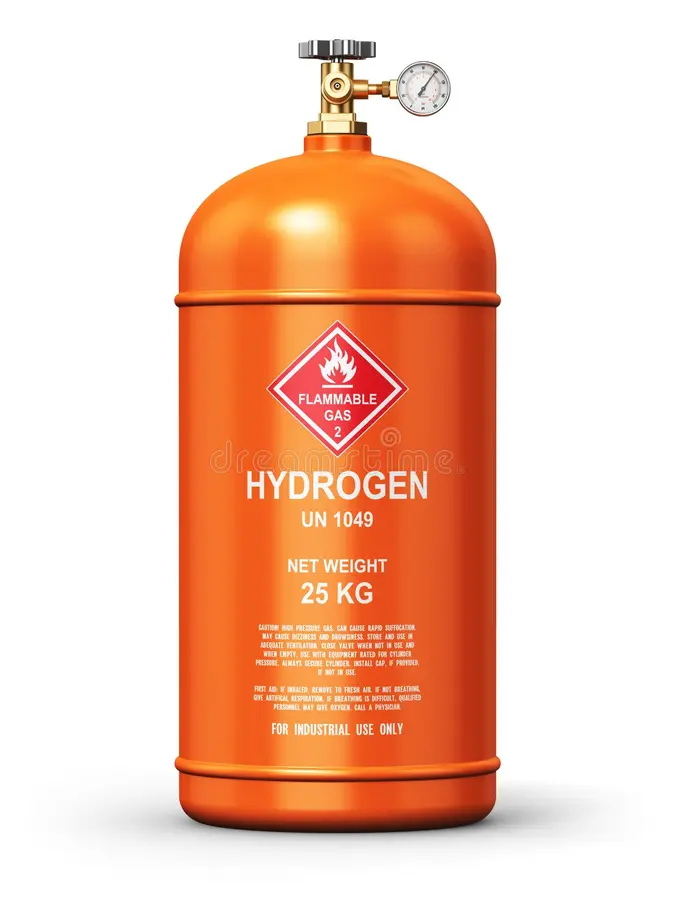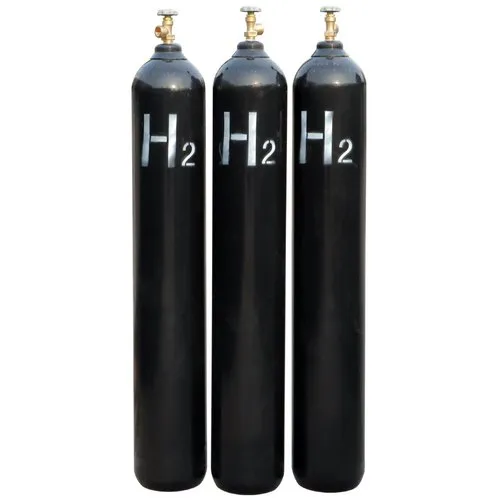Description
The Future is Here (and It’s Hydrogen): Understanding the Potential and Challenges of Hydrogen Gas
Hydrogen gas. The most abundant element in the universe, and increasingly, a central player in discussions about a clean energy future. From powering vehicles to fueling industries, hydrogen offers the potential to revolutionize how we generate and consume energy. But what exactly is hydrogen gas, and why is it gaining so much traction? Let’s delve into the potential – and the challenges – of this promising energy carrier.
Why Hydrogen is Hot Right Now:
The appeal of hydrogen lies in its versatility and, crucially, its potential for clean combustion. When hydrogen reacts with oxygen, the primary byproduct is water (H₂O). This contrasts starkly with fossil fuels, which release greenhouse gases like carbon dioxide (CO₂) and other pollutants into the atmosphere. This clean burning characteristic makes hydrogen an attractive alternative for several applications:
- Transportation: Hydrogen fuel cells can power vehicles ranging from cars and trucks to buses and trains, emitting only water vapor. This offers a compelling alternative to gasoline and diesel engines, contributing to cleaner air and reduced carbon emissions.
- Industry: Many industrial processes, such as steelmaking and ammonia production, rely heavily on fossil fuels. Hydrogen can be used as a feedstock in these processes, reducing their carbon footprint.
- Power Generation: Hydrogen can be burned in power plants to generate electricity or used in fuel cells to provide a cleaner and more efficient source of energy.
- Heating: Hydrogen can be used in boilers and furnaces to heat buildings, replacing natural gas and reducing reliance on fossil fuels.
- Energy Storage: Hydrogen can be produced when renewable energy sources like solar and wind are abundant, and then stored for later use, addressing the intermittency challenges of these sources.
The Rainbow of Hydrogen: Production Methods Matter
While hydrogen itself burns cleanly, the environmental impact of its use depends heavily on how it’s produced. This is where the “rainbow of hydrogen” comes into play, representing the different production methods:
- Grey Hydrogen: Produced from natural gas through steam methane reforming (SMR), a process that releases CO₂. This is the most common method of production today.
- Blue Hydrogen: Similar to grey hydrogen production but with carbon capture and storage (CCS) technology to capture the CO₂ emissions and prevent them from entering the atmosphere.
- Green Hydrogen: Produced through electrolysis, using electricity to split water into hydrogen and oxygen. This is the cleanest method, especially when the electricity comes from renewable sources.
- Other Colors: Other colors like yellow (electrolysis using solar power), pink (electrolysis using nuclear power), and turquoise (producing solid carbon alongside hydrogen) represent various production methods with differing environmental impacts.
The future of hydrogen lies in shifting towards green hydrogen production, but scaling up infrastructure and reducing the cost of electrolysis are crucial to making it economically viable.
Challenges and Hurdles to Overcome:
Despite its potential, hydrogen adoption faces several challenges:
- Production Costs: Green hydrogen production is currently more expensive than grey or blue hydrogen.
- Infrastructure: A robust infrastructure for hydrogen production, transportation, storage, and distribution needs to be developed. This includes pipelines, fueling stations, and storage facilities.
- Storage and Transportation: Hydrogen is a lightweight gas, making it challenging to store and transport efficiently. It requires high-pressure tanks or liquefaction, both energy-intensive processes.
- Safety: Hydrogen is flammable and requires stringent safety measures to prevent leaks and explosions.
- Public Awareness and Acceptance: Educating the public about the benefits and safety of hydrogen technology is essential for widespread adoption.
Looking Ahead: The Future of Hydrogen
Despite the challenges, the momentum behind hydrogen is undeniable. Governments and industries worldwide are investing heavily in hydrogen research, development, and deployment. As technology improves and economies of scale are achieved, the cost of green hydrogen is expected to decrease, making it more competitive with fossil fuels.
The future of hydrogen hinges on a multi-pronged approach:
- Investing in Green Hydrogen Production: Prioritizing the development and deployment of electrolysis technologies powered by renewable energy.
- Building Hydrogen Infrastructure: Developing pipelines, storage facilities, and fueling stations to support the transportation and distribution of hydrogen.
- Incentivizing Hydrogen Adoption: Providing financial incentives and regulatory support for industries and consumers to switch to hydrogen-based technologies.
- Promoting Research and Development: Continuing to invest in research to improve hydrogen production, storage, and transportation technologies.
Hydrogen gas offers a promising pathway to a cleaner and more sustainable energy future. While challenges remain, the potential benefits are too significant to ignore. By embracing innovation, investing in infrastructure, and fostering collaboration, we can unlock the full potential of hydrogen and pave the way for a cleaner, more sustainable world.













Reviews
There are no reviews yet.